In 2007-2008, Buffalo Niagara Waterkeeper undertook this planning effort to improve our overall understanding of habitat conditions in the Buffalo and Niagara River Areas of Concern (AOCs) and their tributary areas in order to develop a solid framework of goals, benchmarks and delisting criteria to guide future conservation efforts.
On the basis of habitat research to date, and with the help of a GIS mapping consultant and a technical advisory group of expert stakeholders, Buffalo Niagara Waterkeeper has developed habitat inventories and restoration goals for the Niagara River/Lake Erie Watershed. Beyond the Remedial Action Planning context, this report is intended for use as a basic reference and guide by anyone interested in restoring and conserving the biological health of the Buffalo and Niagara River corridors and tributary areas.
In the mid-1980s the International Joint Commission listed 42 “Areas of Concern,” severely degraded rivers and harbors across the U.S.-Canada Great Lakes basin.
These included the lower 6.2 miles of the Buffalo River and the entire Niagara River. The IJC identified 14 possible “beneficial use impairments,” to be confirmed and then addressed by remedial action plans. Loss of fish and wildlife habitat was one of the confirmed impairments on both the Buffalo and the Niagara rivers.
Final Habitat Report
If you have trouble viewing any of the maps linked in the above document you can open them separately here.


